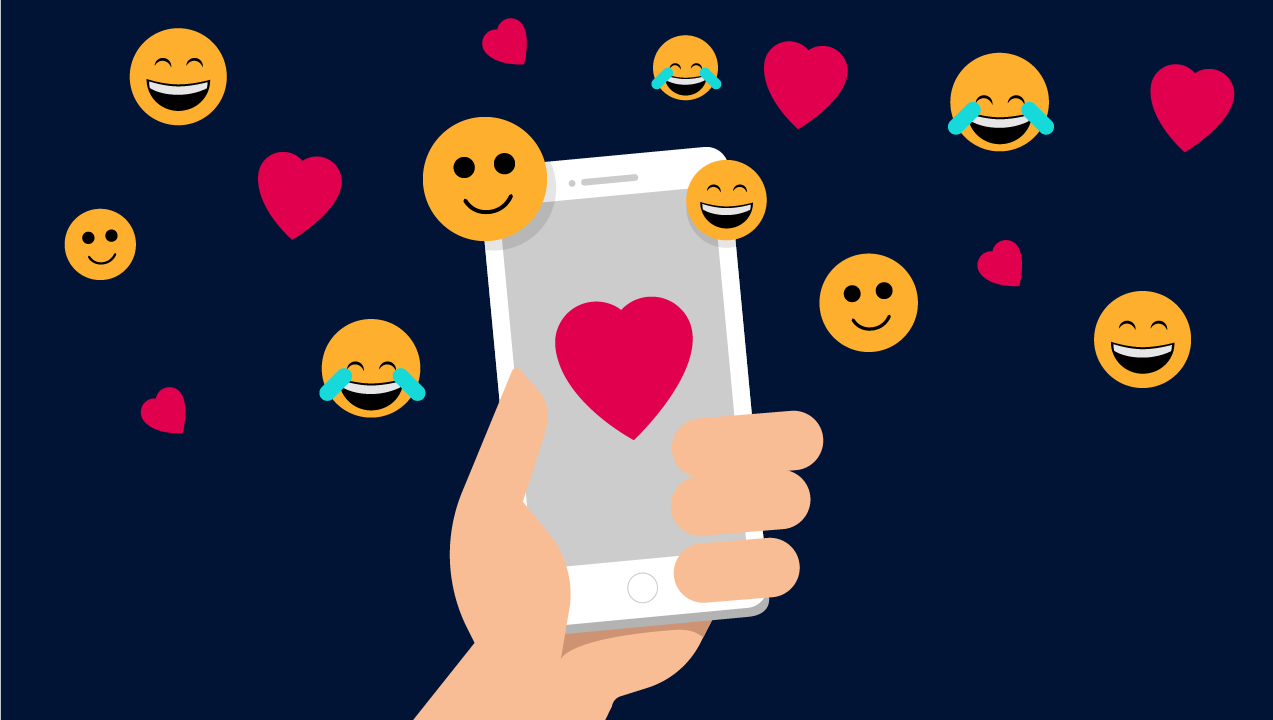Are you ready to meet your AI self?
We recently came across a new chatbot AI called Replika which was designed to learn your unique patterns of communication and how you would respond to certain situations so that it can copy them. While this may all sound like the set up for a technology-themed Halloween movie so far, the social applications for an AI that can replicate your behavior are exponential.
How helpful would it be to have a duplicate of you that could handle all the nuisance interactions that you have to deal with on a daily basis? A personal assistant that goes beyond the quick Q&A sessions that Siri and Cortana provide and can answer questions on your behalf, in a decent facsimile of your voice.
How comforting will it be to your loved ones that some version of you will persist in the world after you have expired? Even before death, the ability to revisit an earlier iteration of a partner and to remember them as they were when you first fell in love might do wonders for relationships. Decision making will be so much easier when you can form a quorum of your past-selves to chime in on an issue; combining the idealism of youth with the wisdom gained through experience.

Illustration by Simon Wood
It is telling that the best-known attempts at AI at the moment are those personal assistant applications. Simple machine intelligences that we have imbued with human personalities to make them more palatable. Everyone in the technology sector is intently focused on the practical applications of AI; the ways that the technology will simplify data analysis, the ways that AI will make life easier. The societal impact of AI is being left on the table.
Humans, as a species, use emotion as the basis for most decision making, so the way that we are going to interact with AI on an emotional level is at least as important as the practicalities when it comes to adoption of the technology. Even if AI are the most useful pieces of technology since the invention of the smart phone; if they fail to connect with their users then they are never going to catch on.

Illustration by Simon Wood
This is why it is vital to integrate design research into these projects from the very beginning. By centring the user and the ways that they are going to rely on AI, the emotional component of that interaction can be given the same value in the design process as the technological solutions. Whether that is by creating a chatbot that mimics your patterns of speech, following the psychological principle of “mirroring” or by giving Siri a dry sense of humor.
We may not know all the ways that AI are going to affect society, but by focusing on putting the user at the heart of development we have a better chance to predict all of the myriad ways that life is going to be changed.
